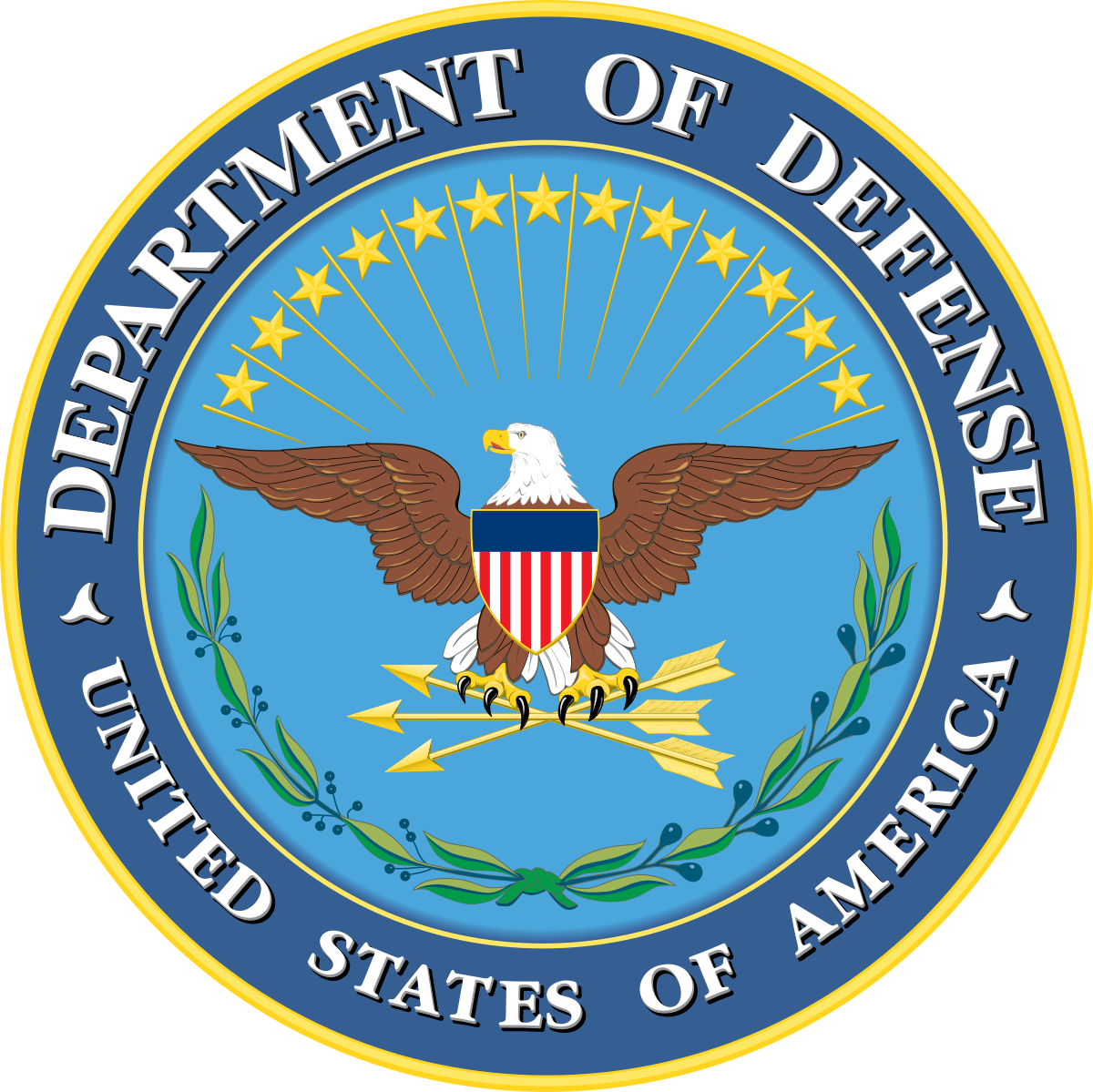It’s more about decision advantage than anything else. The AI is seductive. It's interesting people gravitate toward it. But really what this is about is how do we compress the workflows that we're doing to go at the speed of machine harnessing machine-to-machine communications, aided by that AI?
Col. Joe O'Callaghan
Fire Support Officer for the Army's XVIII Airborne Corps
Moving at the Speed of Machines
What we've seen is a significant compression in the threads that were typically there for any kind of mission, and it's really causing people to, in some cases, have an identity crisis, as they understand and learn how data flows, and then retool themselves for a higher echelon.
Col. Joe O'Callaghan
Fire Support Officer for the Army's XVIII Airborne Corps
The Defense Department has been on a journey in earnest to take advantage of artificial intelligence capabilities since it launched the Joint AI Center (JAIC) in 2019.
The services have started to operationalize AI through data by crossing real and imaginary boundaries, by interacting with disparate datasets to serve up intelligence and operational data across the battle space and by orchestrating AI capabilities at the strategic, operational and tactical levels.
The Army’s XVIIIth airborne recently completed an exercise called Scarlet Dragon IV that demonstrated many AI and data capabilities.
Col. Joe O’Callaghan, the fire support officer for the Army’s XVIII Airborne Corps., said this quarterly exercise is helping the entire Defense Department learn how to use data to drive better, faster decisions.
“We did the autopsy of every Scarlet Dragon, and we were doing a few things, including the increase in decision speed, which caused us to relook what the human roles were in our standard workflows. We had to evolve from serial processing workflows to parallel processing workflows. And indeed, from there raise the demand signals through all the departments that effectively showed serial technology is by-and-gone. We understood that the days of a common operating picture are gone. You have an integrated user experience because you have to interact with that data,” O’Callaghan said during the discussion Technology and Great Power Competition. “I think the final thing we learned was that a lot of times we’re going to create AI for analysts and that ended up being the wrong way of doing business. You had to create AI for a workflow for the operator, for the decision maker, and then retool what the analyst actually does. So an analyst no longer, say in target development, is really the guy who’s plugging through and chugging information. He’s no longer spending hours looking at an image. He’s actually the supervisor because the AI is doing the rote jobs that were routinely done by young soldiers, sailors, airmen, marines and guardians. Now we can fly through that and process that data rapidly.”
The ability to process data rapidly within a multi-domain environment, from multiple data sources and then applying advanced analytics through AI and machine learning has been the goal of all four Scarlet Dragons.
O’Callaghan said proving all of these things work in a joint environment is the most important thing that can come from these exercises.
“It’s more about decision advantage than anything else. The AI is seductive. It’s interesting people gravitate toward it. But really what this is about is how do we compress the workflows that we’re doing to go at the speed of machine harnessing machine-to-machine communications, aided by that AI?” he said. “In Scarlet Dragon III and Scarlet Dragon II, we knew we were onto something with how quickly we can make decisions. So Scarlet Dragon III, we tried to say, ‘Okay, I see how many targets I can detect in an hour.’ So what we found out is we absolutely flooded the legacy processes of humans to execute it, and we realized this is not about how many targets I can develop, it’s about decisions. So the AI enables us to make quicker decisions than we ever have before, as well as also harness concepts that we hadn’t really, truly brought in the past, such as the emerging hybrid space layer between commercial industry and government, where we bring all those sensors together to give us true multi-domain awareness.”
One example of that speed to decision through a multi-domain environment is using geospatial intelligence. O’Callaghan said if a human would have to look at a GEOINT product, it may take them 40 minutes and seven gigabytes of bandwidth. But if the machine can do it in one minute using 15 kilobytes of bandwidth, that is a huge improvement for commanders.
“What we’ve seen is a significant compression in the threads that were typically there for any kind of mission, and it’s really causing people to, in some cases, have an identity crisis, as they understand and learn how data flows, and then retool themselves for a higher echelon,” he said. “This is really something that on the operations side you were used to traditionally getting a 12-hour to 24-hour product, but now you’re telling me I have to make decisions the second something pops up in front of me and determine what I want to do with it? That’s challenging the typical workflows that somebody had, which means that many cases you’re going to have to power down decision making to the lowest echelon and have faith that the individuals who are making those decisions are making them for matter with what that analyst is producing at the speed of machine.”
Underlying this machine-to-machine sharing and analysis is, of course, a cloud infrastructure. O’Callaghan said Scarlet Dragon relies on both current and emerging technologies, but the Army recognizes the importance of ensuring systems work and data is accessible no matter the theater or environment.
“The cloud plays an important part in all of this for us because the cloud allows you not only to go from one machine to the other, but one machine to many machines. By doing that, you’re making sure that everybody has that shared situational awareness of what you’re actually doing, and that they’re making decisions commensurate to the decision you just made, in order to bring together the best aspects of all the joint services rapidly on any kind of tactical, operational or strategic problems that we have,” he said. “Now, the other side to all of this, along with the shared situational awareness, the shared ability to process on something is getting at scale.”
And using the cloud is letting the DoD connect more easily with the intelligence community.
O’Callaghan pointed again to geospatial intelligence sharing that helps compress the sensor to shooter link.
“This really hasn’t been done at scale before in the past, and so instead of now waiting a day to three days to get a geospatial project product, you’re getting it in seconds. That’s allowing us to process all that information rapidly. But it’s also driving a lot of dialogue on contextuality. How do we ensure that we’re all making those same decisions on the same geospatial products because ultimately, everybody lives on, on the Earth’s surface? You don’t live on the air, some people live on the water, but it’s not a nation state. And so really what we’re looking at how do we work contextually with the same information that’s driving more discussion on data?” he said. “In 27 years, I’ve never seen the support that we have now from the IC from DIA, NGA, and others to rapidly attack these problems and get through them. We spend as much time on the phone and on email with them and engineering than we do with our with our own DoD brethren.”
Listen to the full show:
Copyright
© 2025 Federal News Network. All rights reserved. This website is not intended for users located within the European Economic Area.






